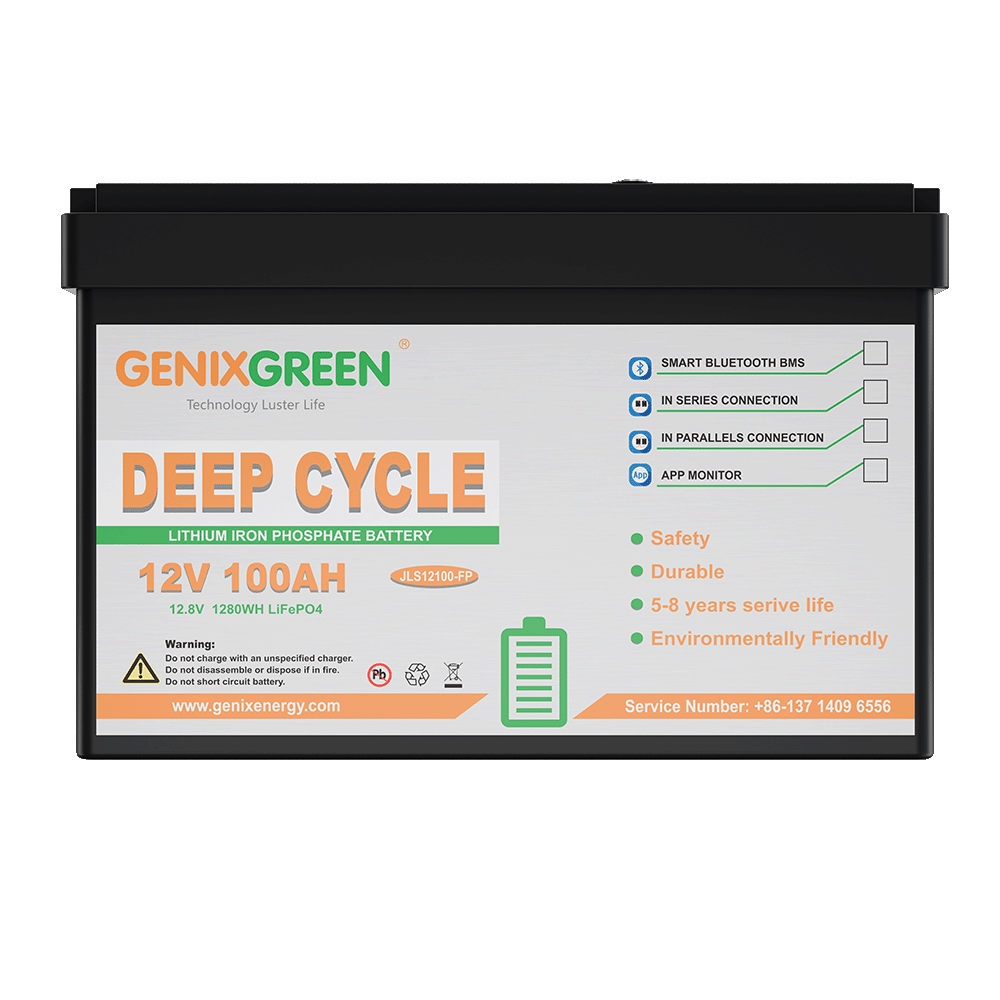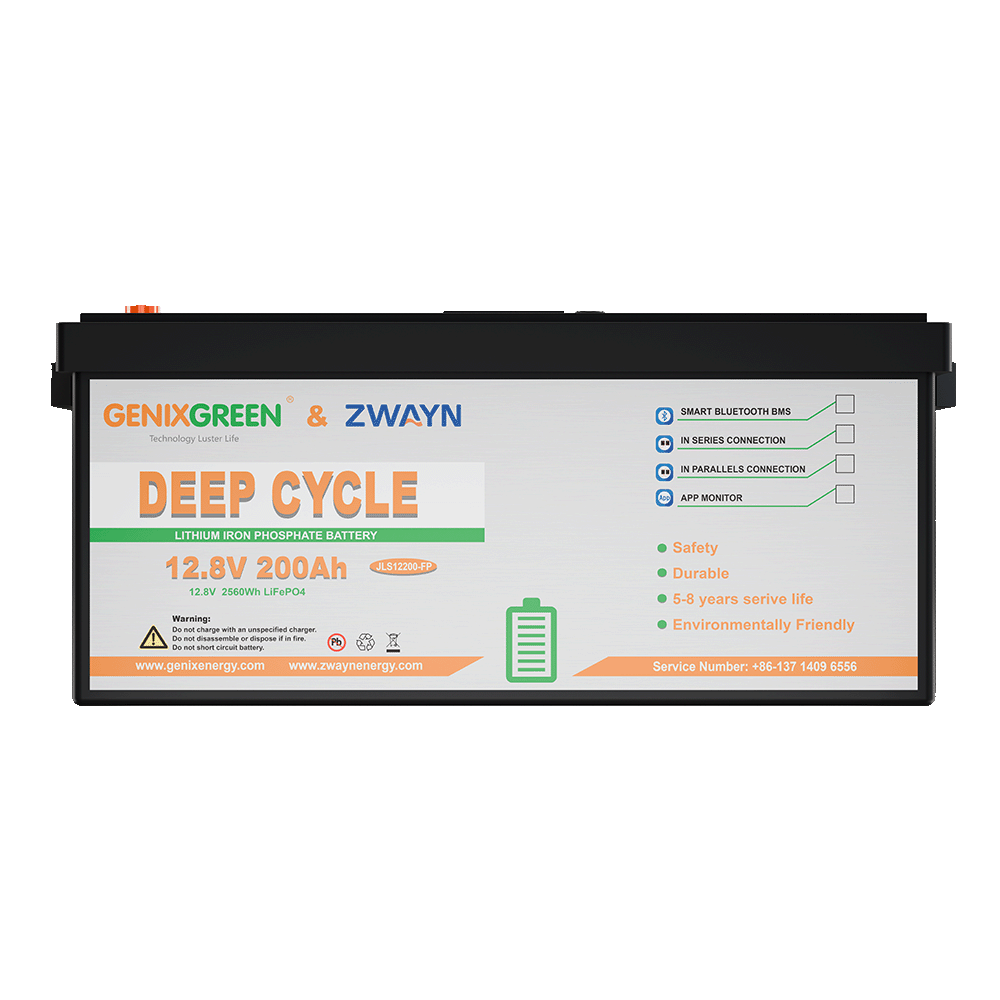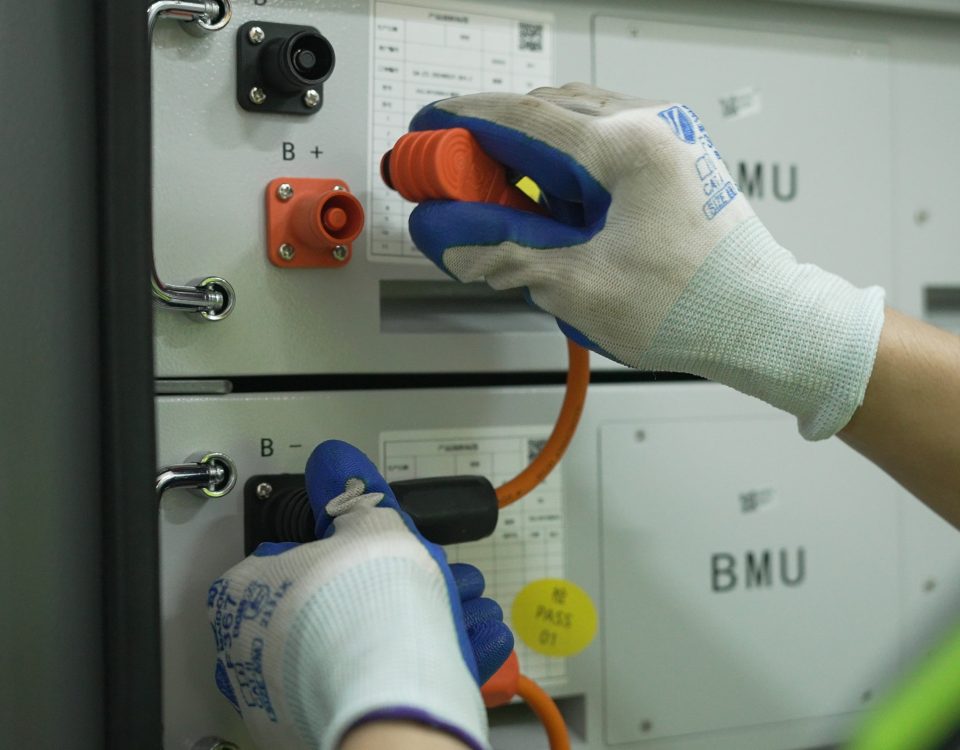
Do laptops have lithium batteries?

how to dispose of lithium batteries?
As a developer and manufacturer of lithium batteries, we are often asked the question: How long is the life of lithium batteries? This article will answer this question from a professional perspective to help users better understand the performance and life management of lithium batteries.
- Definition of lithium battery life
The life of lithium batteries is usually measured by two key indicators:
Cycle life: refers to the number of charge and discharge cycles that the battery can complete before its capacity decays to 80% of its initial capacity.
Calendar life: refers to the time span from the date of production, regardless of whether the battery is used, under specific environmental conditions, to maintain a certain performance.
For most applications, the cycle life and calendar life of lithium batteries together determine its actual service life. - Main factors affecting the life of lithium batteries
(1) Chemical system
The chemical composition of lithium batteries has a decisive influence on their life. For example, lithium iron phosphate (LFP) batteries usually have a longer cycle life (2000-5000 times) due to their structural stability, while ternary lithium batteries (NCM/NCA) have a higher energy density but a relatively short cycle life (1000-2000 times).
(2) Depth of charge and discharge (DOD)
Depth of charge and discharge refers to the proportion of the total capacity of the battery that is discharged each time it is used. Shallow charging and discharging (such as 20%-80%) can significantly extend the battery life, while frequent deep charging and discharging (close to 0%-100%) will accelerate battery aging.
(3) Temperature conditions
High or low temperature environments will have a negative impact on the life of lithium batteries. The ideal operating temperature range is 20°C-25°C. Excessive temperature will accelerate electrolyte decomposition and side reactions, while low temperature may cause lithium metal precipitation and damage the internal structure of the battery.
(4) Charging rate
Although high-rate charging (fast charging) is convenient, it will generate more heat and increase internal stress, thereby shortening the battery life. In contrast, low-rate charging is more friendly to the battery. - Lithium battery life in different application scenarios
(1) Consumer electronics
In devices such as smartphones and laptops, the cycle life of lithium batteries is usually 300-500 times. Since these devices are updated and replaced quickly, the calendar life (3-5 years) of the battery is often more important than the cycle life.
(2) Electric vehicle field
The power battery for electric vehicles requires a higher cycle life, generally between 1000-2000 times. If calculated based on a full charge and discharge once a day, the battery can support 3-6 years of high-intensity use. By optimizing the BMS (battery management system), the actual service life of the battery can be further extended.
(3) Energy storage system
Lithium batteries in the energy storage field pay more attention to calendar life because the charge and discharge frequency of such applications is low. High-quality energy storage batteries can last for more than 10 years, and some products even promise a design life of 20 years. - How to extend the life of lithium batteries?
As a lithium battery developer, we recommend taking the following measures to maximize battery life:
Avoid extreme temperatures, especially high temperature environments.
Control the depth of charge and discharge, and try to avoid deep discharge.
Use an appropriate charger to avoid charging with excessive current.
Maintain the battery regularly to ensure that there is no overvoltage, undervoltage or overcurrent. - Summary
The life of lithium batteries is not a fixed value, but a dynamic result affected by many factors. Depending on the chemical system and application scenario, the cycle life of lithium batteries can range from hundreds to thousands of times, while the calendar life is generally between 5-10 years. Through scientific design, reasonable use and good maintenance, the actual service life of lithium batteries can be effectively extended to meet the needs of different industries.













